2023 was a mixed year on the farm, marked by a disastrous wheat harvest, continued research and trials surrounding the compost extract project, upgrades to equipment and a slightly better than average fall harvest. After last year’s drought-induced fall harvest disaster, it’s nice to end the year on some exciting and promising notes.
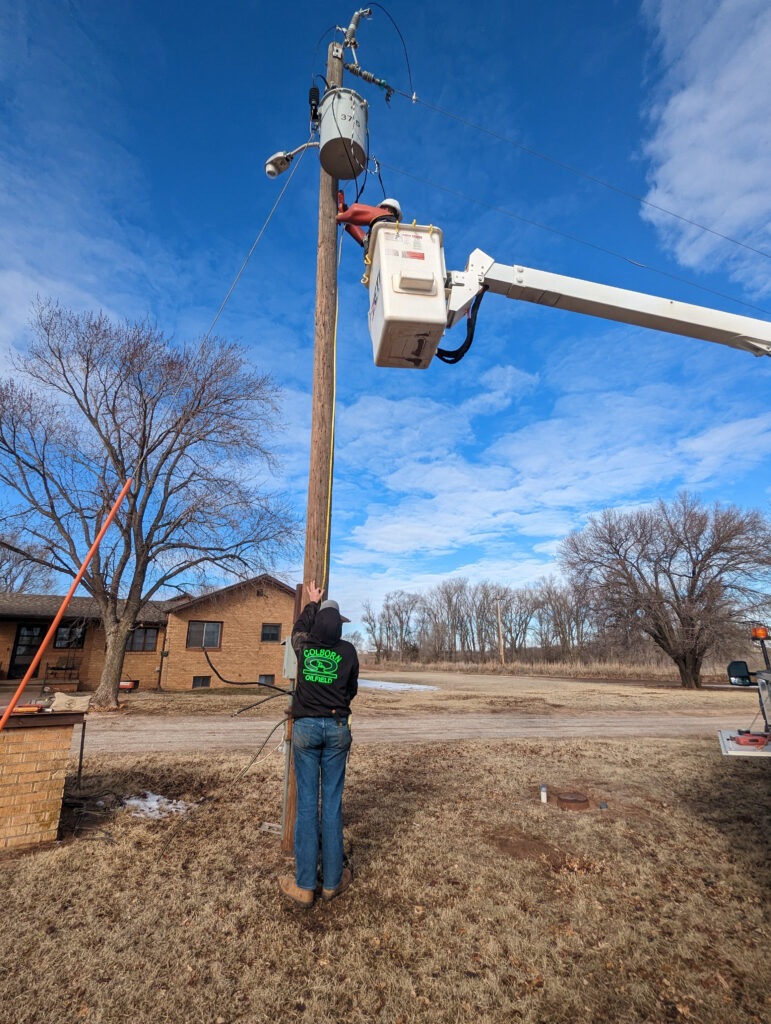
January found us upgrading the electrical transformer to the house. Our electrical usage is substantially more than what Grandma’s was, and the old transformer wasn’t cutting it anymore and the loop was shorting and causing some brownouts.
Later in January was the awards banquet for the Barber County Conservation District. We were notified that we won the award for 2022 last fall, but the award was given this year and made for a pretty great family photo!

They say no-till really shows its value in challenging years. This photo from February shows our wheat on the Winter place on the right and the neighbor’s conventional tillage wheat on the left. Both suffered from the drought, but it’s pretty clear the right side had more moisture and less wind erosion.
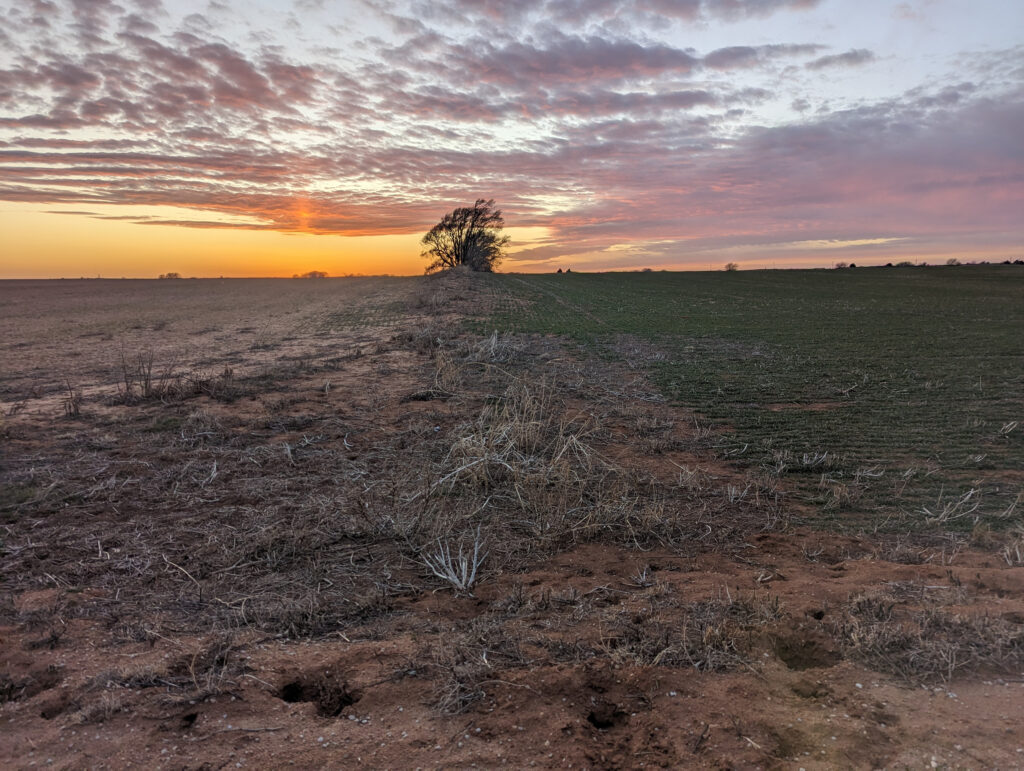
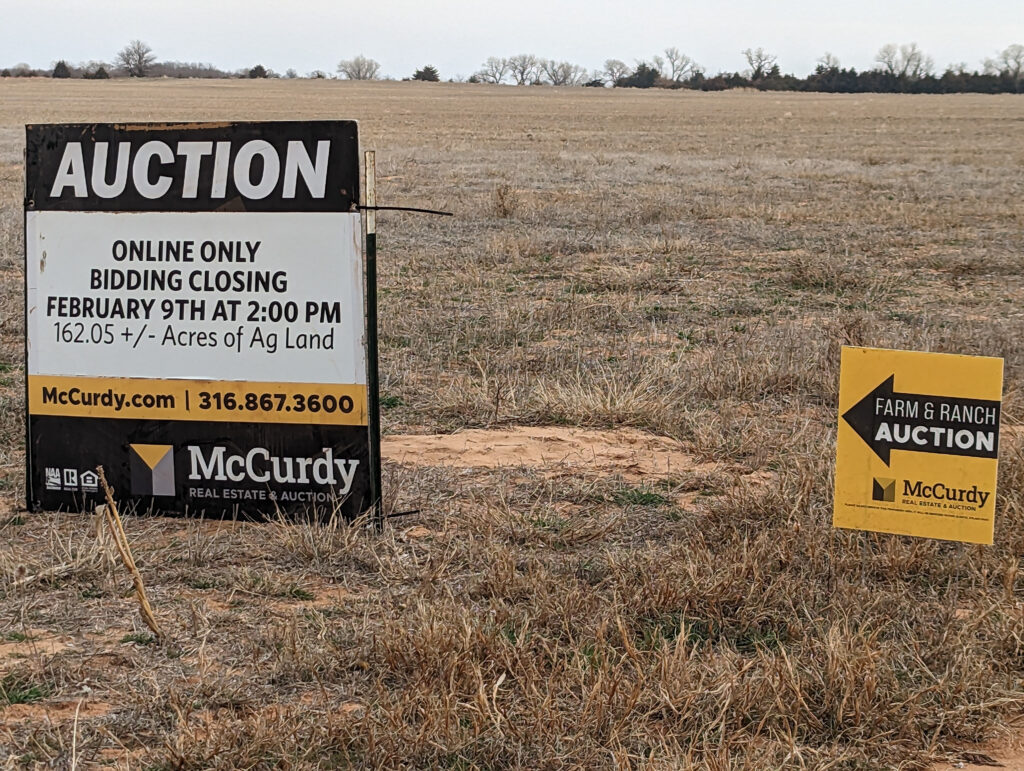
The most depressing thing to happen in 2023 was the sale of the Hoppes place. I don’t know how long our family has been farming it, but I know I don’t remember a time when we weren’t. It sold at auction in March, and I did everything I could to purchase at least the west side that adjoins Mom’s and my ground on two sides. I just couldn’t justify spending more than what the hunters were willing to spend on it so I had to let it go. Luckily, the new owner is willing to allow me to continue to farm the west side in exchange for planting some food plots for deer on the east side of the property, so I consider the outcome to be pretty lucky so far.
Wayne had some extra time in March and was looking for work, so he came to help around the farm, doing soil tests and rebuilding some of the corrals. His help was also crucial during the complete electrical rewire of the original part of the house. When Grandpa built it around 1950, the wiring wasn’t exactly up to today’s code and having seen some of the old cloth-insulated wiring was keeping me up at night. So, with the help of a local contractor, Wayne and I completely replaced all the old wiring in the house.
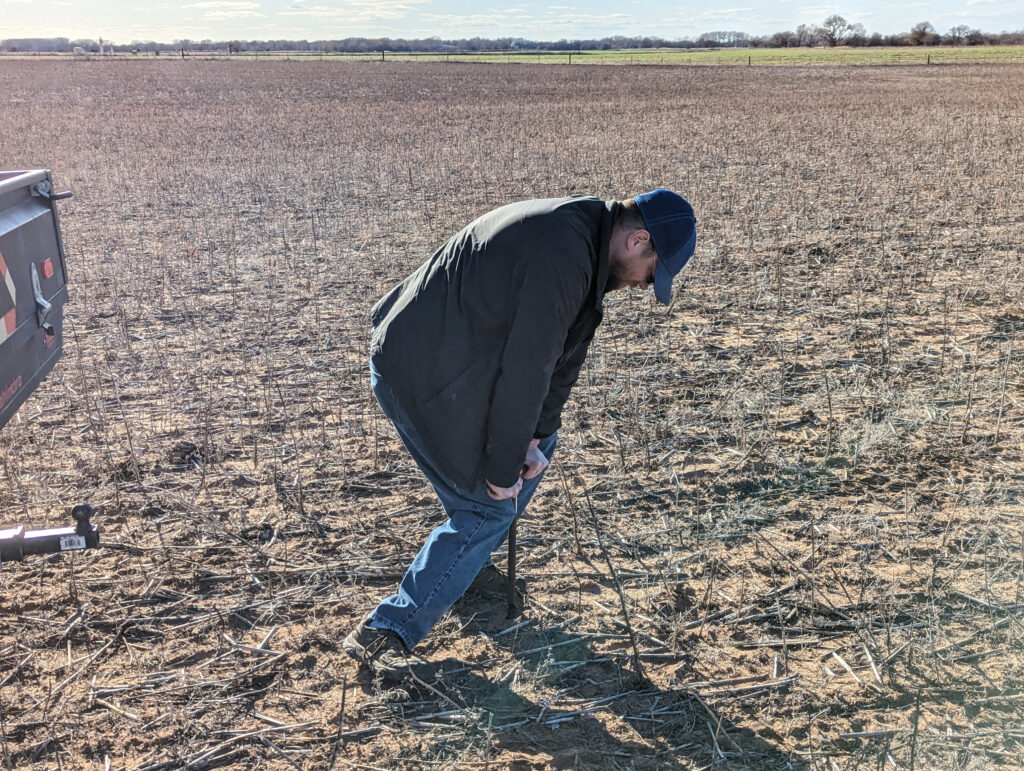
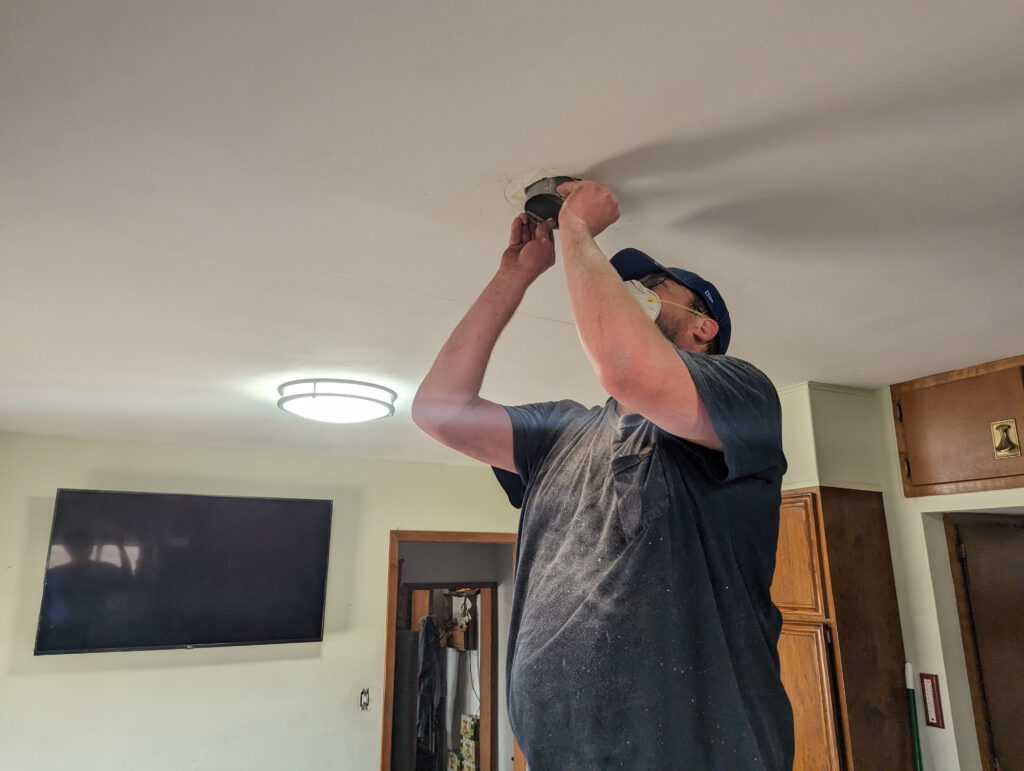

In early May, I started planting more soybeans than we’ve ever had. I didn’t finish until early June. For the last field of beans, planted at home, I had some test plots wherein I compared the standard fertilizer with no fertilizer, with compost extract delivered with the planter in the furrow as well as with compost in-furrow and an additional foliar application of compost extract after the plants were 18-inches tall.

For these tests, Wayne and I constructed a compost extractor, a tender trailer to carry the extract and a homemade boomless sprayer to go on the side-by-side.

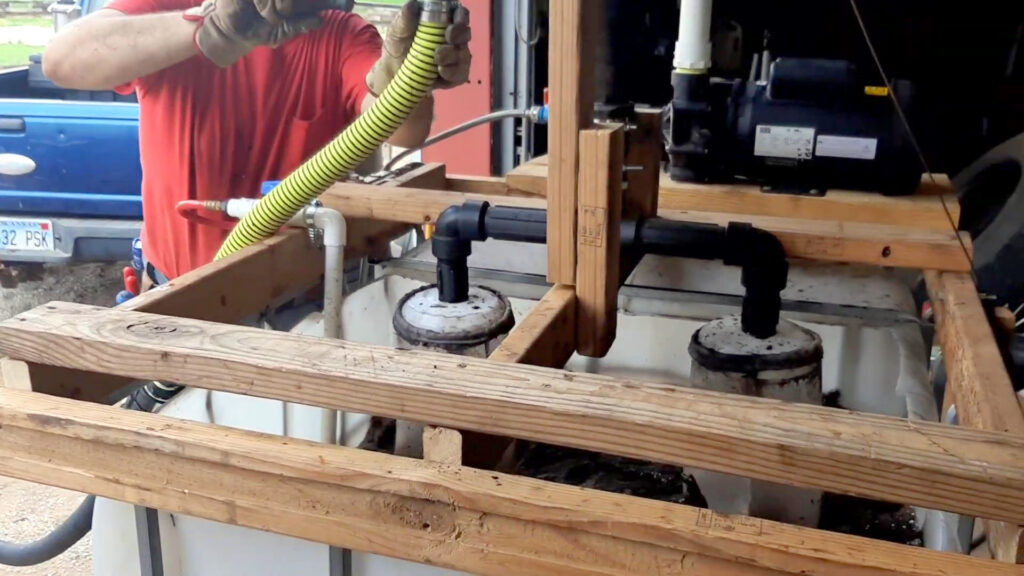
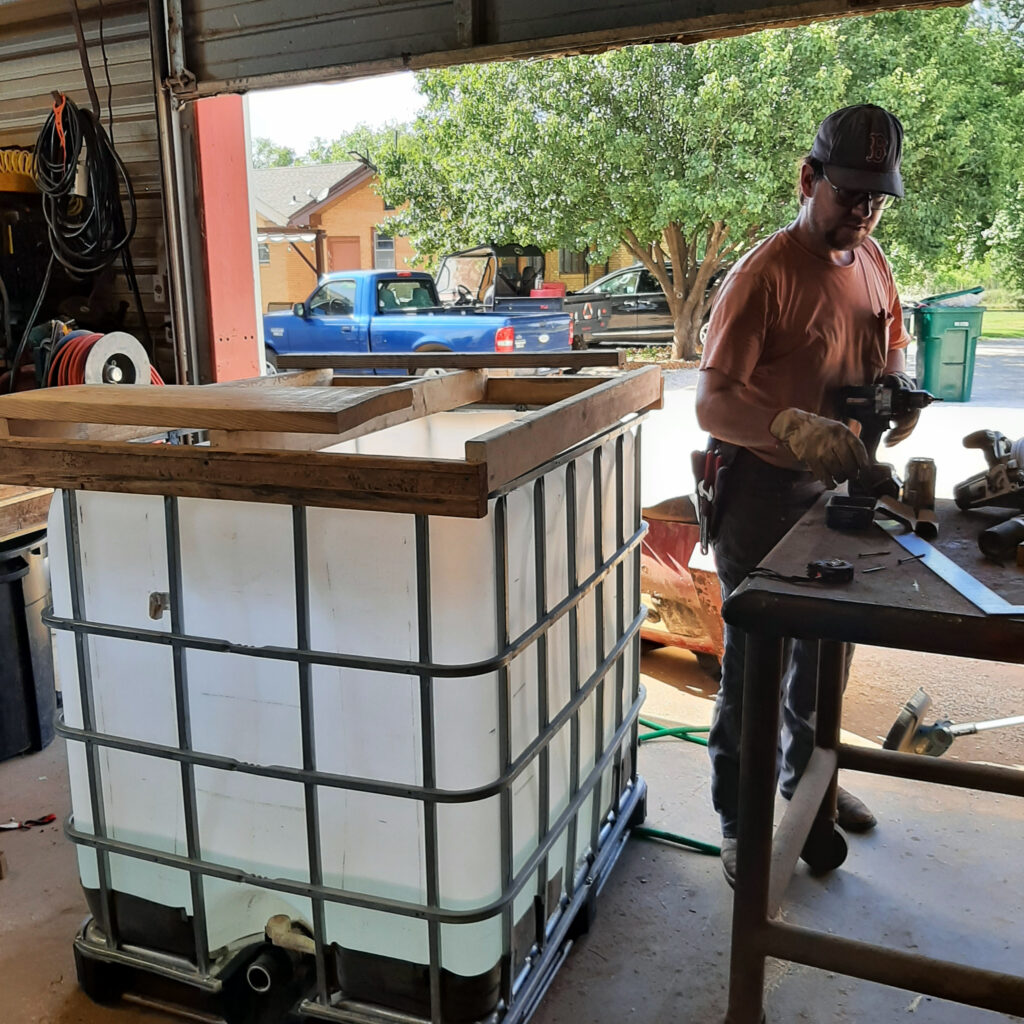

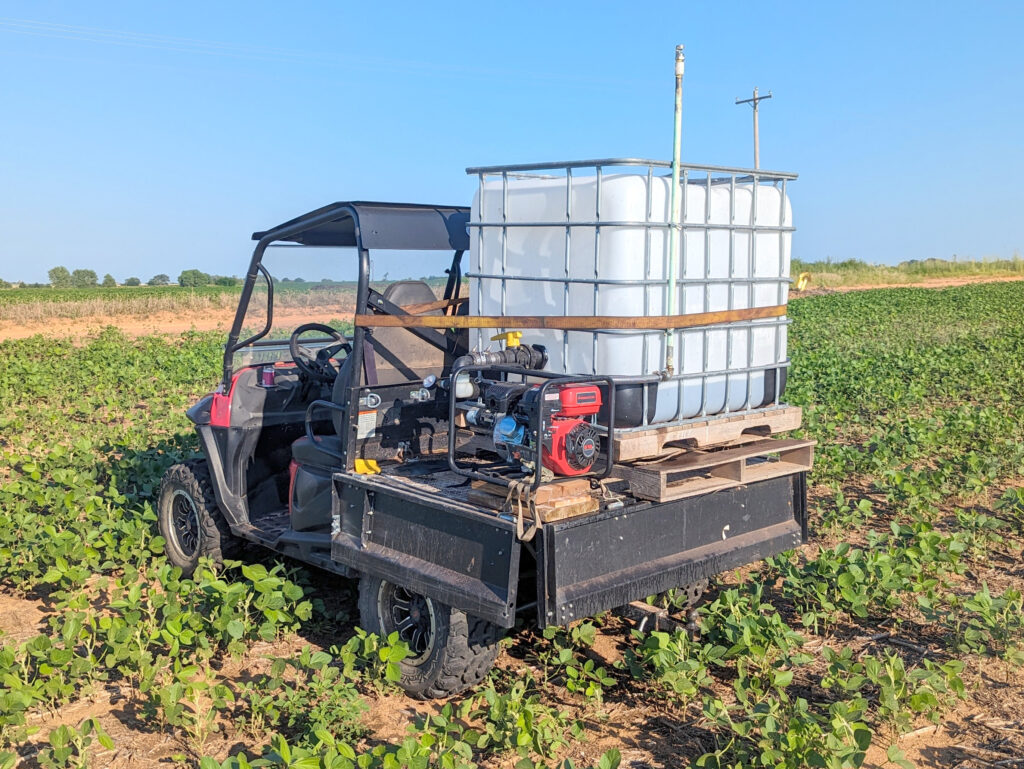
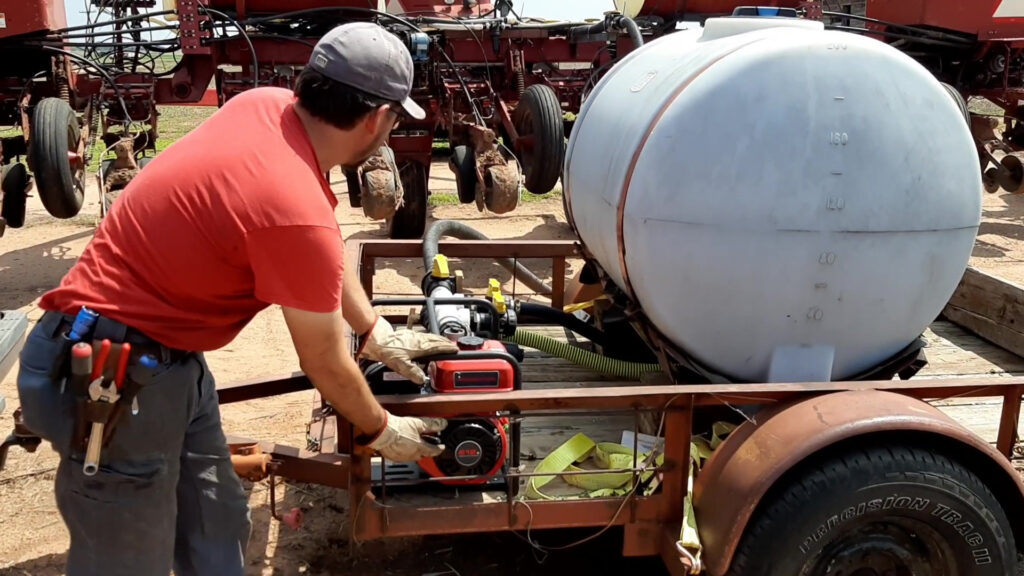
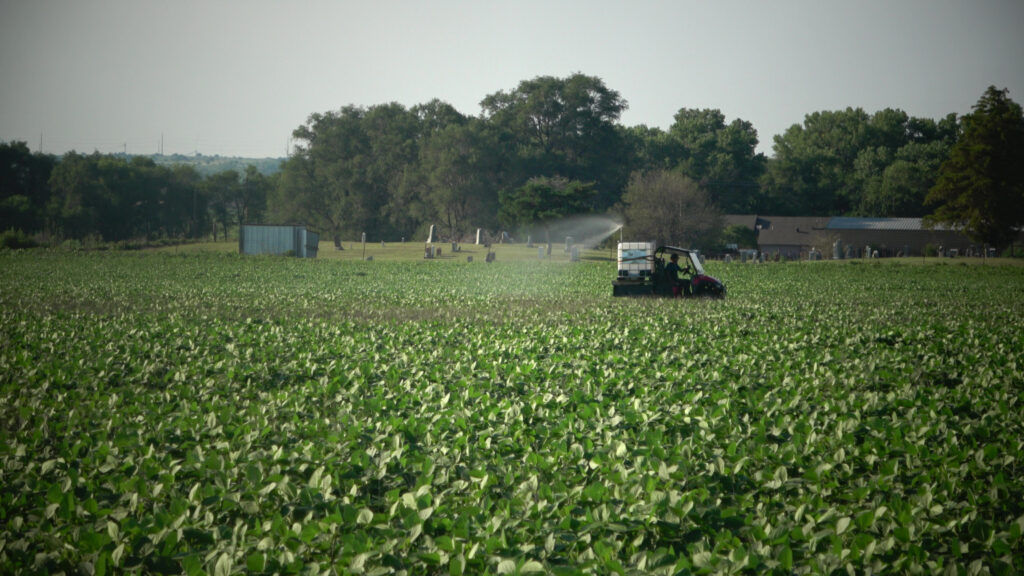
Following the completion of the bean planting, Wayne helped with the construction of another Johnson-Su bioreactor, similar to the one I built in 2022.

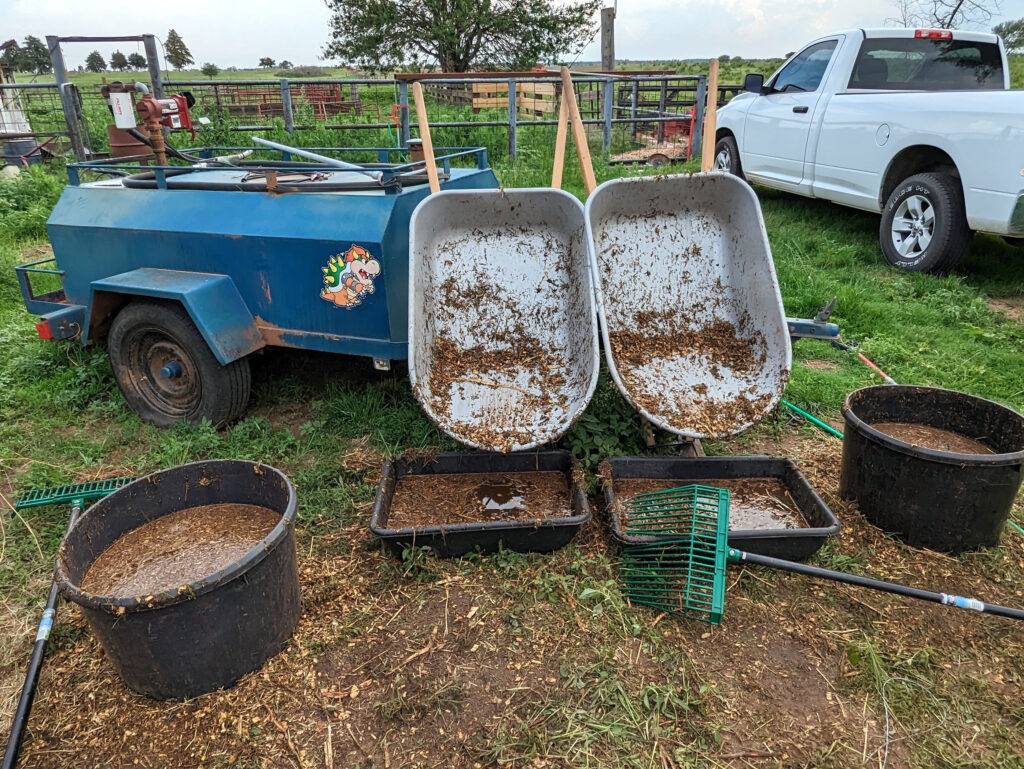
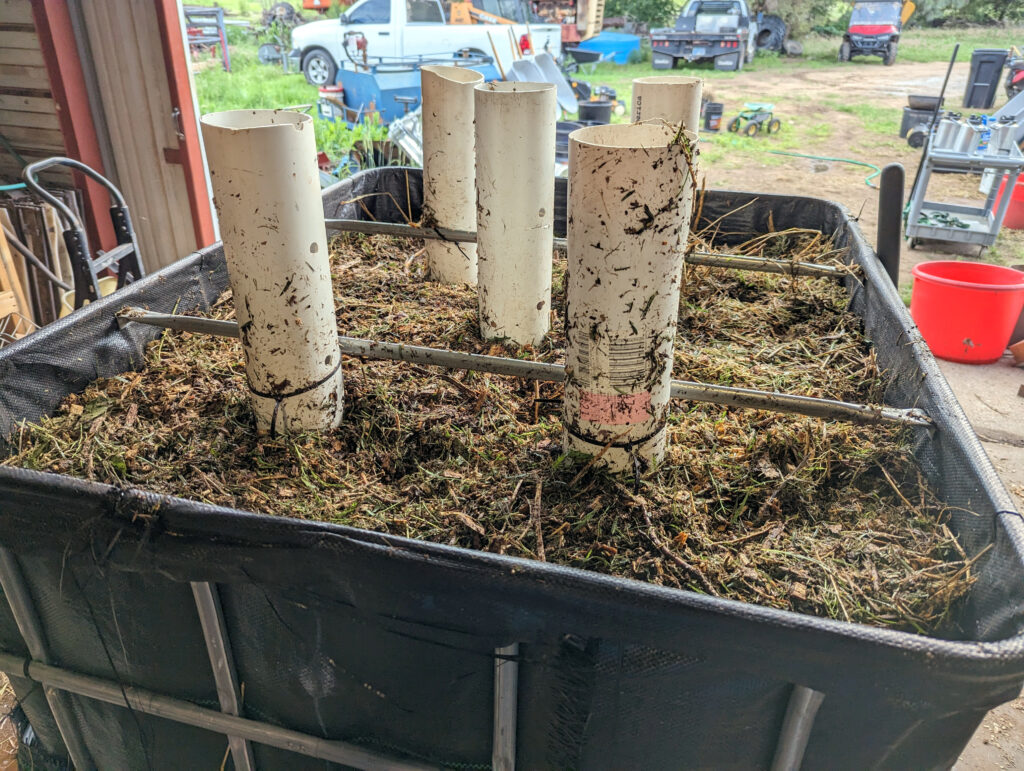
The drought here that started in July of 2022 broke with substantial rains in April. The artesian well which stopped in September 2022 began running again at the end of May. The moisture was great for the soybeans, but it was way too late to save the wheat. This year’s wheat was the worst since the drought of 2013 and 2014. Not only were the yields poor, but the late rains delayed harvest until late June, by which time weeds had begun to take over the short and thin wheat, making harvest especially difficult. Thanks to Wayne’s help, and in spite of multiple tire punctures from antlers, we made short work of the wheat and moved on to planting.
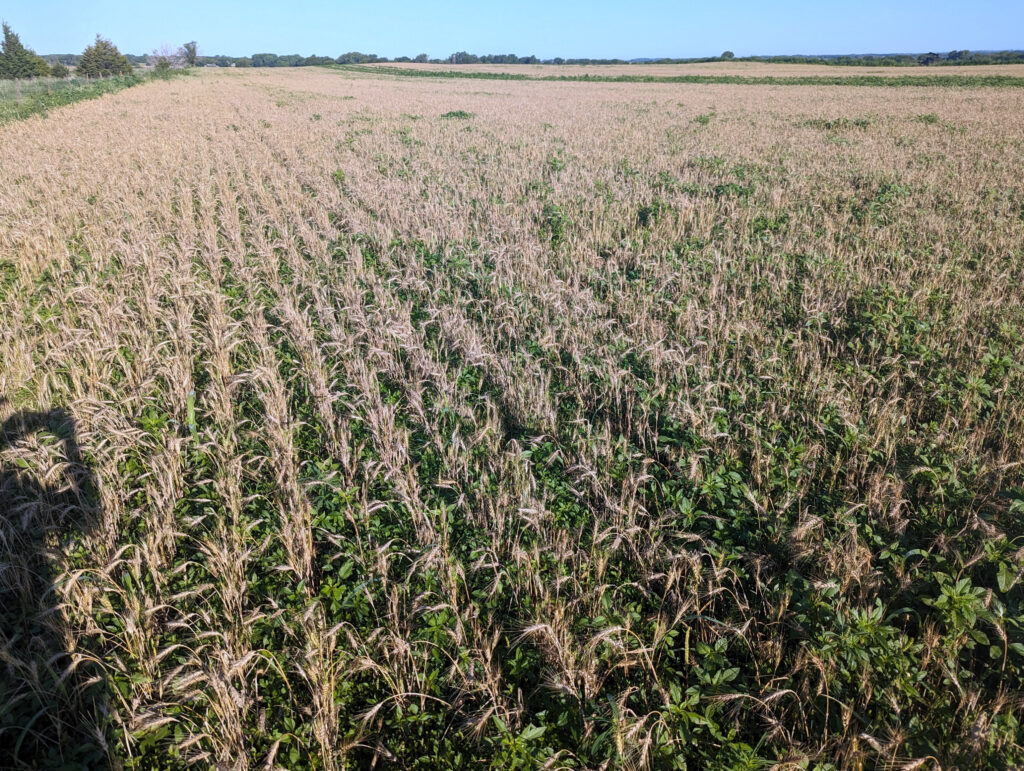

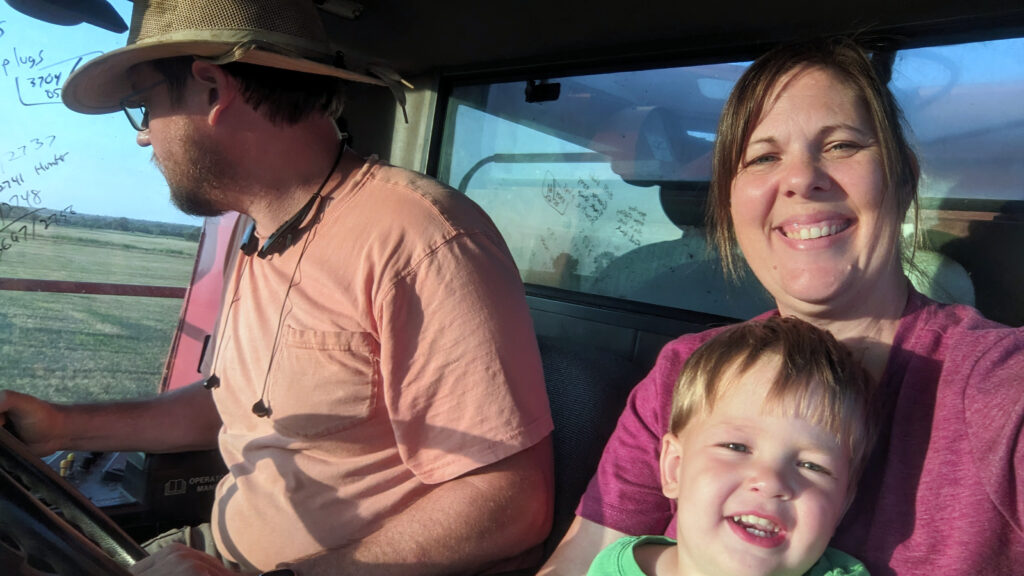
After harvest, I planted the food plots on the Hoppes place and nearly 500 acres of double-crop milo after wheat. We continued to have good moisture and the milo took off.
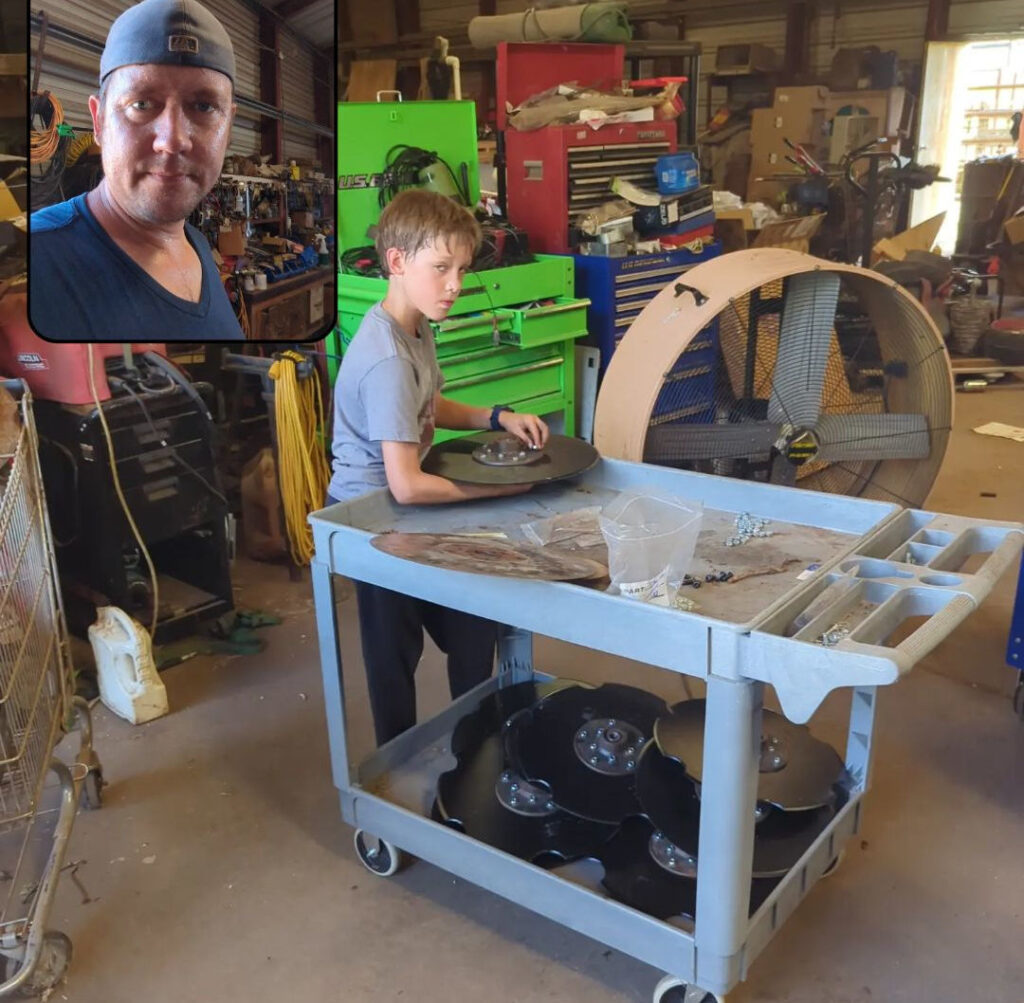
I had some leftover compost from my trials, and a friend asked if I’d plant a couple hundred acres of triticale for him using the compost extract to help build his biology. Nolan helped me install new discs on the drill, but he wasn’t happy about it!
Soybean harvest started a little later than I’d hoped. The beans were so wet that the COOP wouldn’t take them one day and only a couple days later they were so dry I was scrambling to get them before they fell on the ground. As Wayne had started a new job, my brother-in-law Luke VanSkike came down for a week to run the other combine. When he left, I was back to pushing one combine as fast as possible to try to stay ahead of the beans.

Disappointingly, my compost trials on the beans on the home place were a bust. The beans were fine, but my test plots were so large that the differences in soil and drainage caused a bigger variation in the yields than the constructed variables. But I learned a lot and will run similar tests next year with better methods.

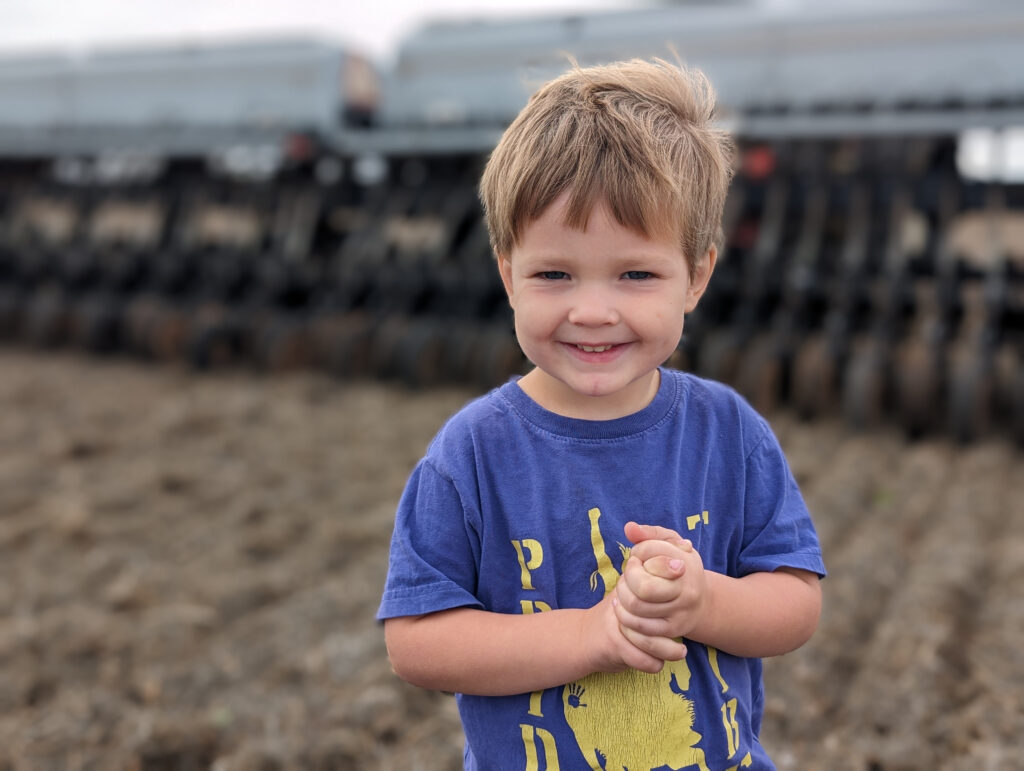
Once I wrapped beans, I immediately turned to planting wheat. After the challenges with getting the right compost volume on the triticale project, I decided to install a new fertilizer controller on my drill. It took several different configurations of pumps and plumbing and filters, but I finally got it dialed in and love the new Spray Mate system.
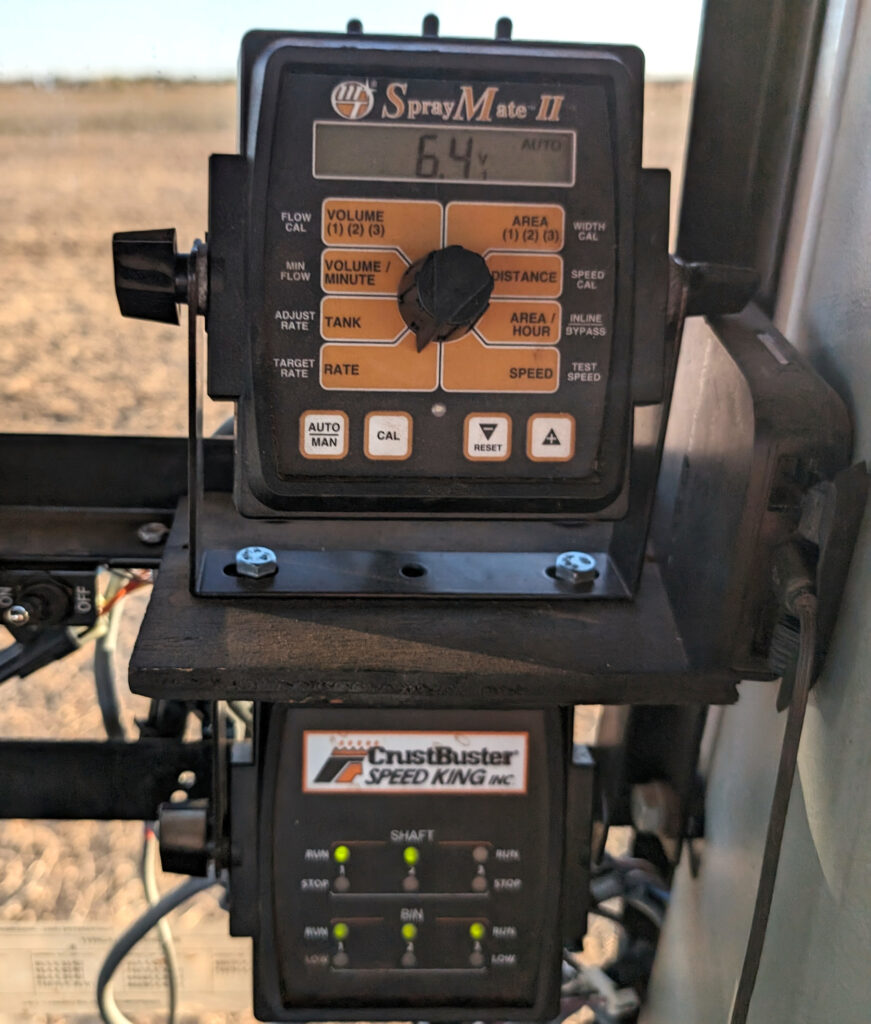
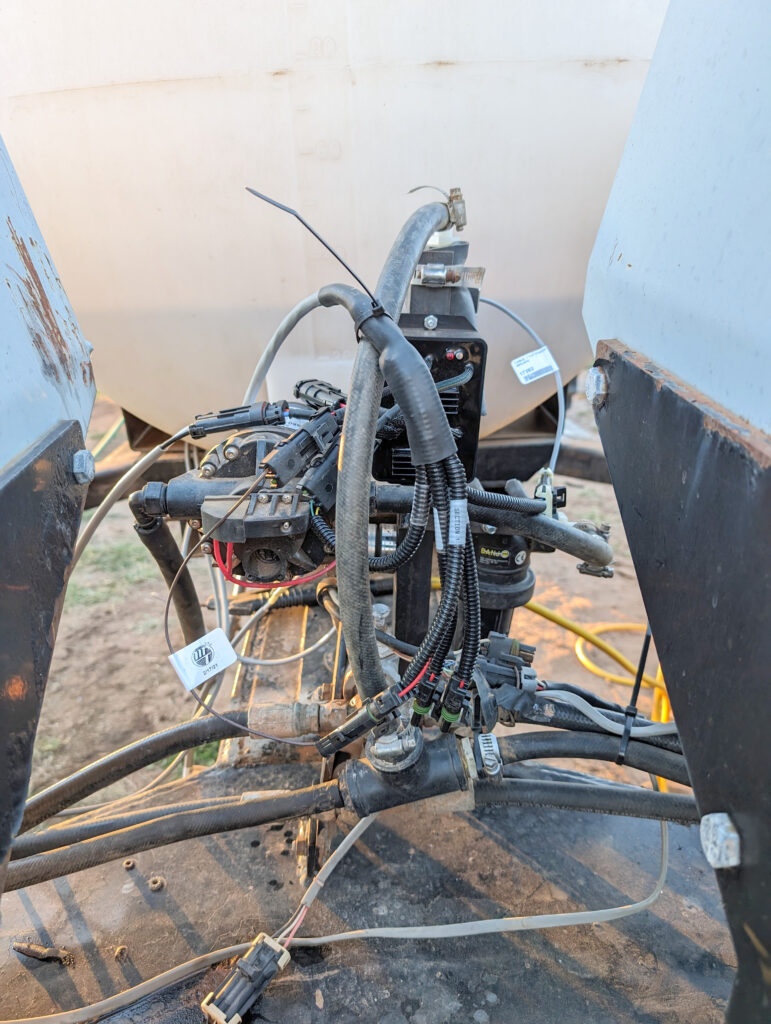
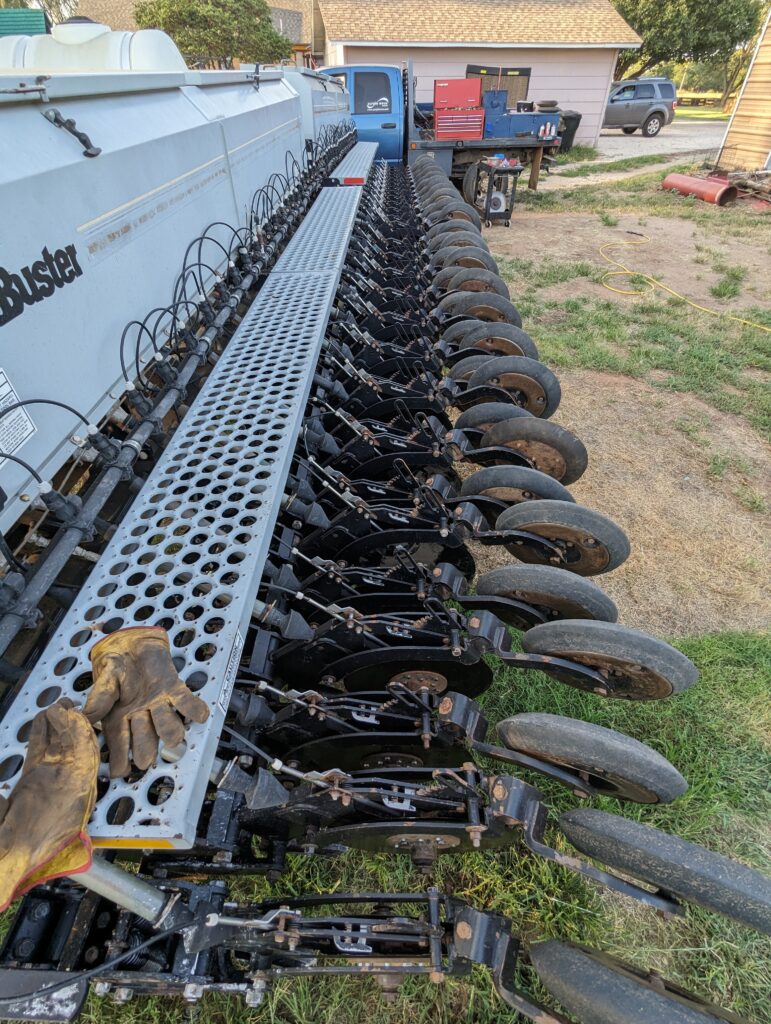
As the temperatures turned colder, I was faced with finding a solution to keep my two Johnson-Su bioreactors from freezing. Last year involved heat lamps and heat tape and I’m still not sure I was successful keeping the one warm in the cold shop. With two reactors now, I needed a better solution. I found an insulated enclosed trailer on Purple Wave that fit the bill perfectly. With a heat lamp on a temperature sensor, the electricity cost is substantially less to keep it above freezing.
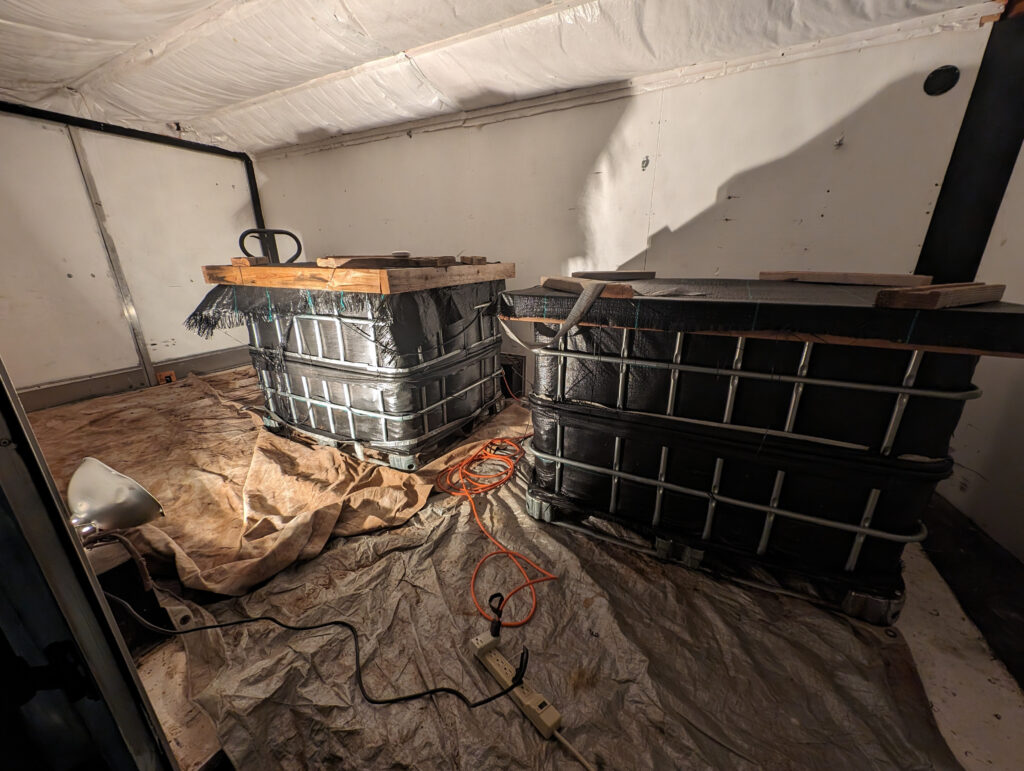
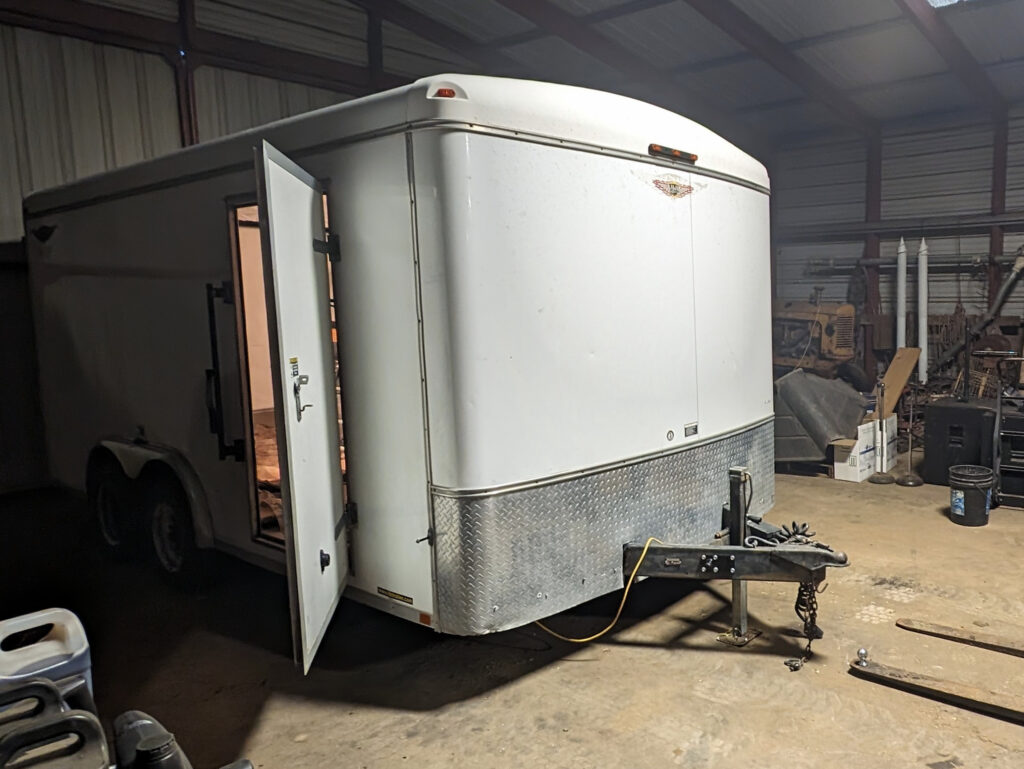
Milo harvest was relatively uneventful. The crop started extremely poor, but had a couple great fields in the middle. The last field was so late that it was flat on the ground by the time I got to it to pick up as much as I could.
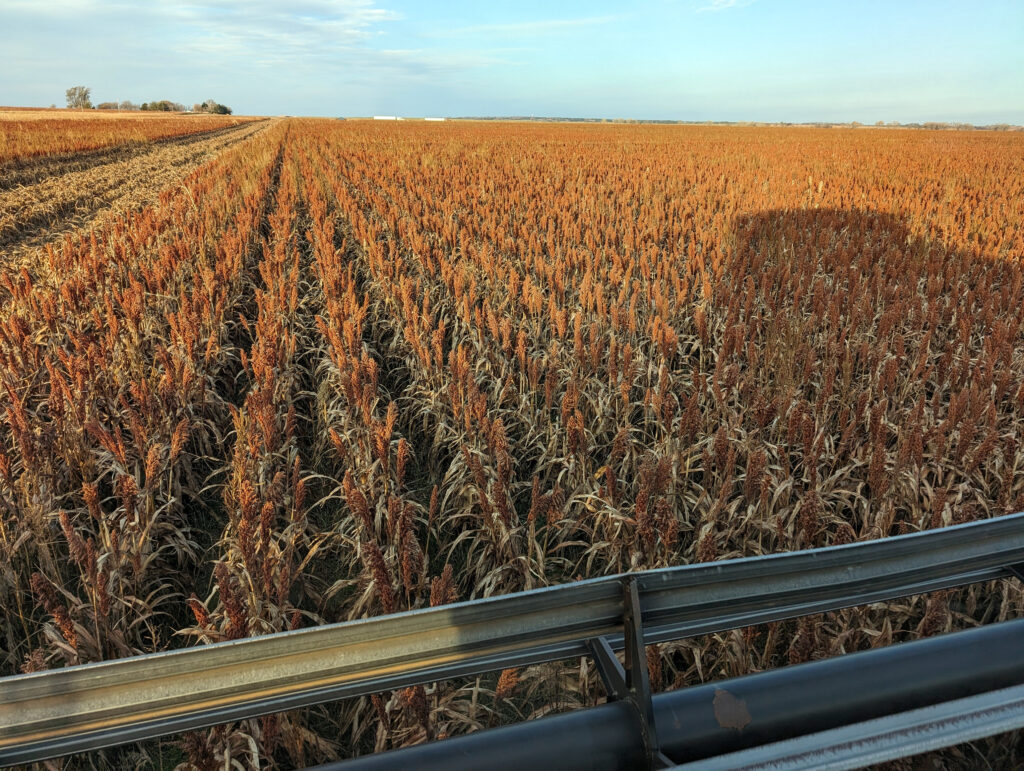
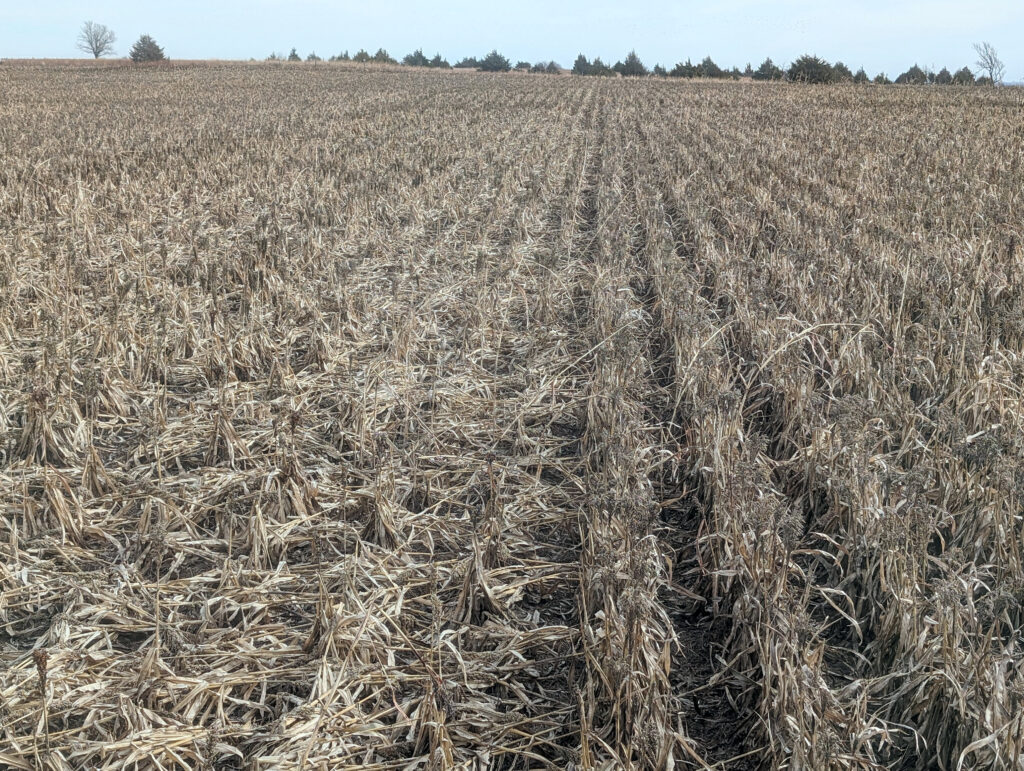
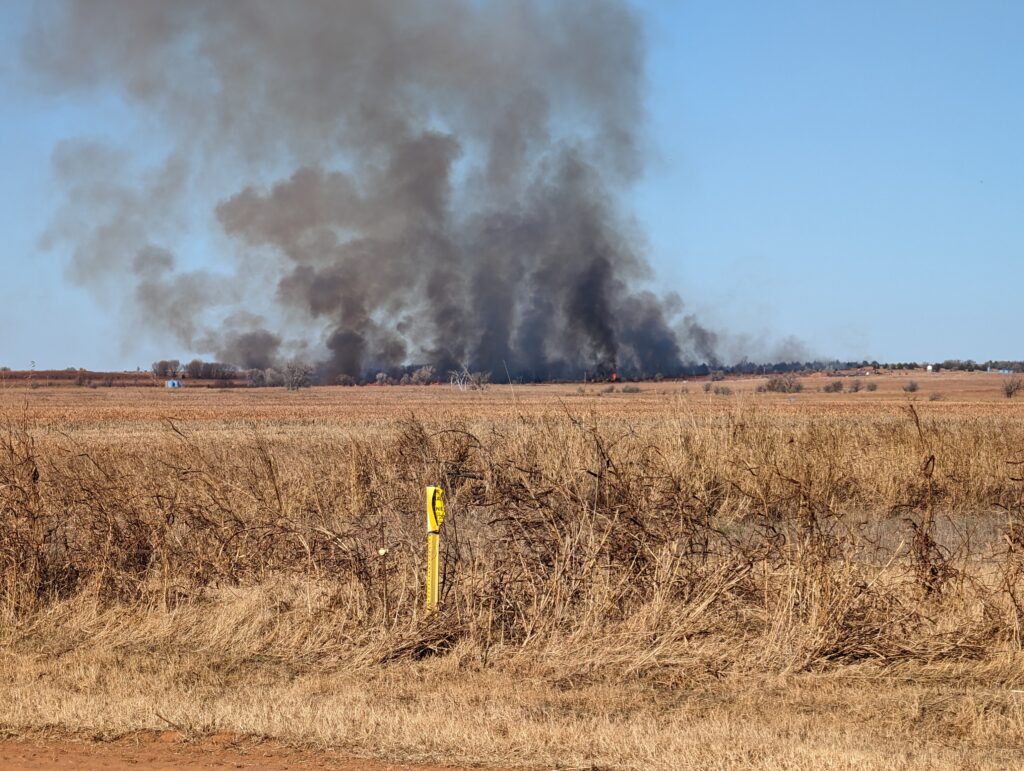
On November 17, as I was cutting milo on the Hunter place, the Nesselrode 80 caught fire. We believe it was from one of the hunters who was checking a deer feeder. It burned a little of the Nesselrode, but most of the damage was on the neighbors’ fields to the south.
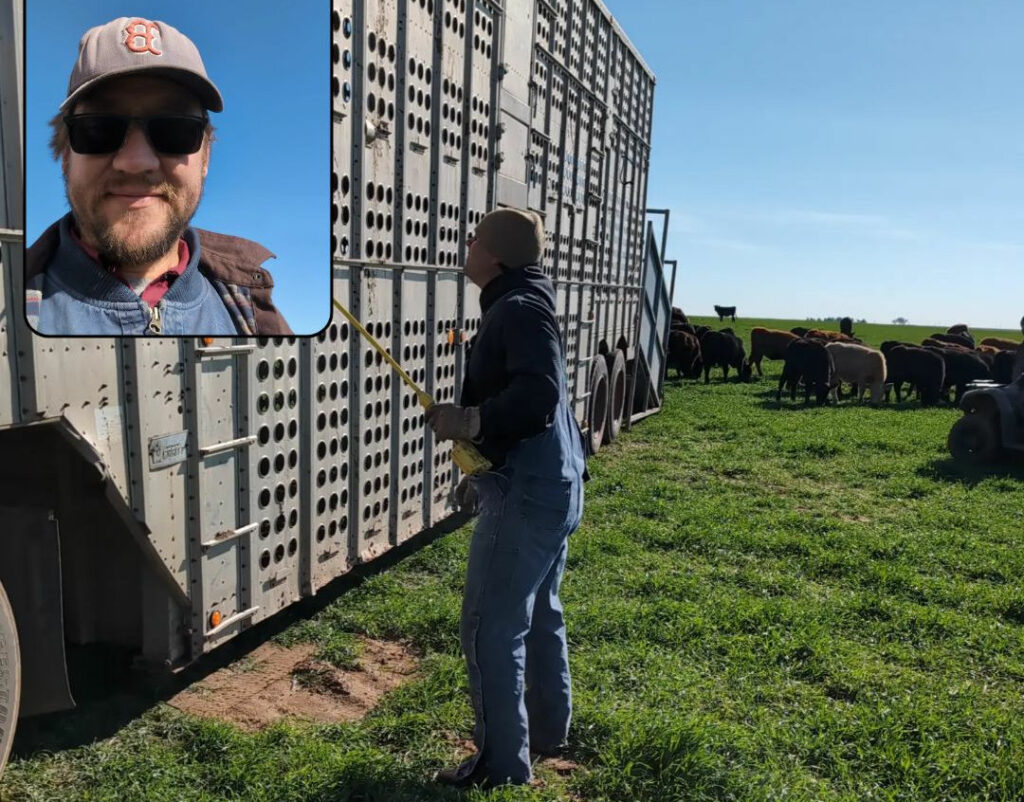
The late rains brought late grass, so we were late stocking the pastures with cattle. They spent the summer on grass and we finally turned them out on wheat pasture in Oklahoma in late November.
The most exciting happening of 2023 came in the final few days of the year. I’d decided earlier in the year, as it took me an entire month to cut my soybeans, that I needed to upgrade combines to something that could get over the ground faster. With Wayne no longer available to come help during harvest, I need one really good combine instead of two okay combines. I found what should be a really nice 7130 at an auction in December and am excited to use it in 2024!

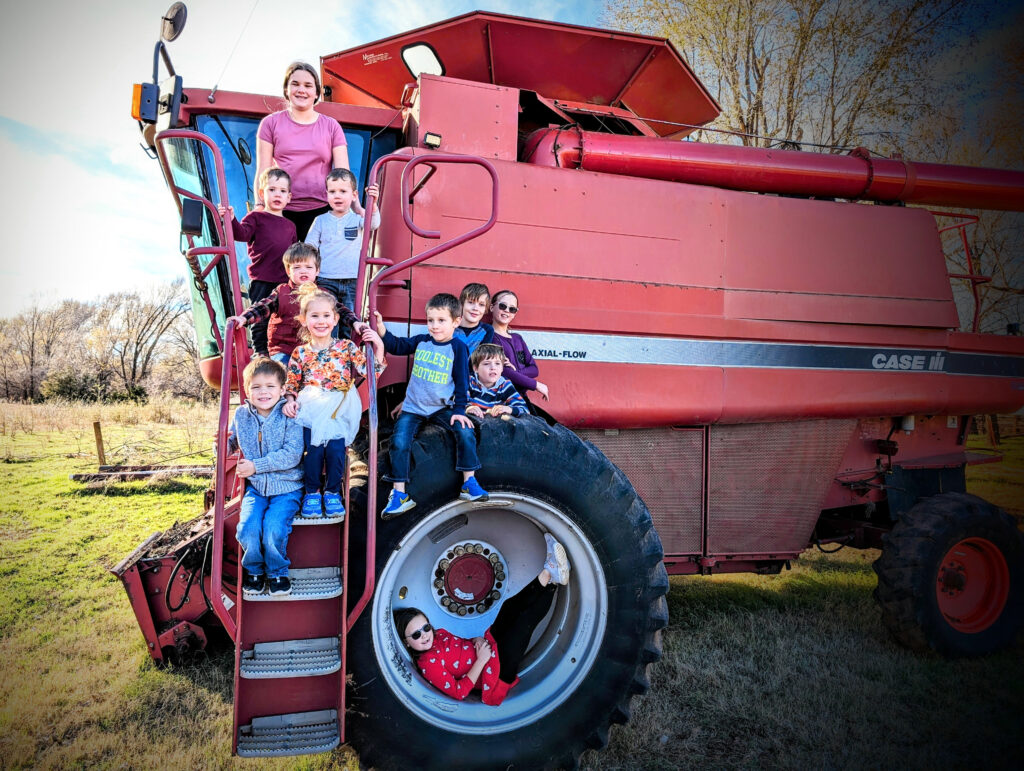

what a year a year can be.
that’s the nicest band trailer I’ve ever seen a bio-reactor in.